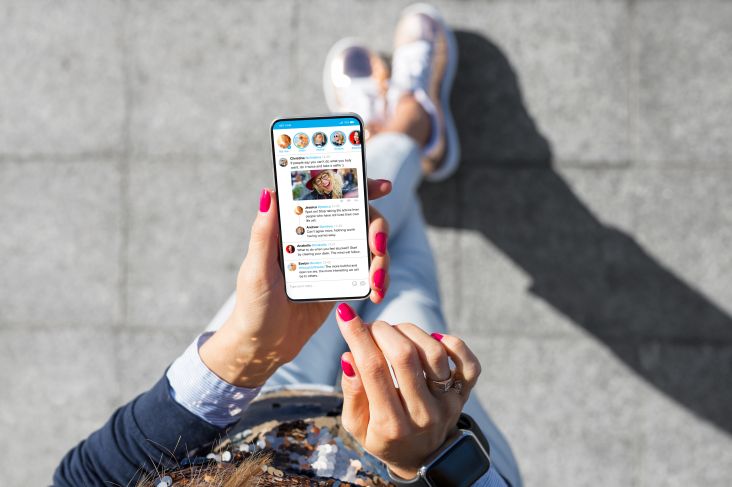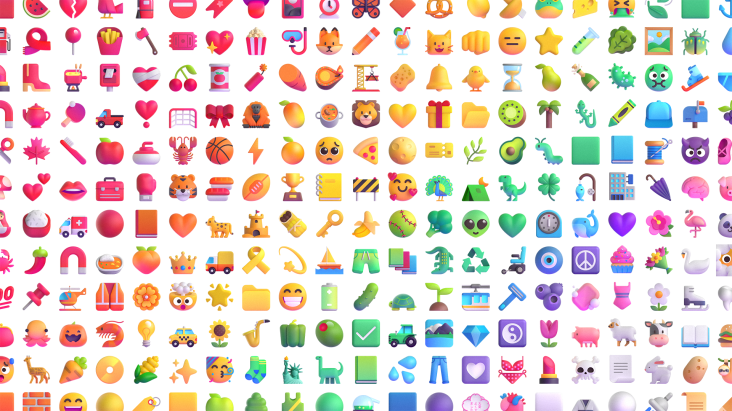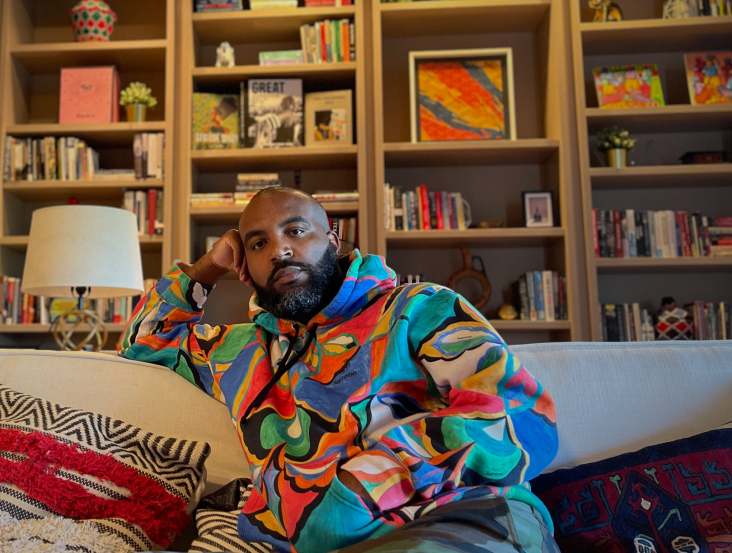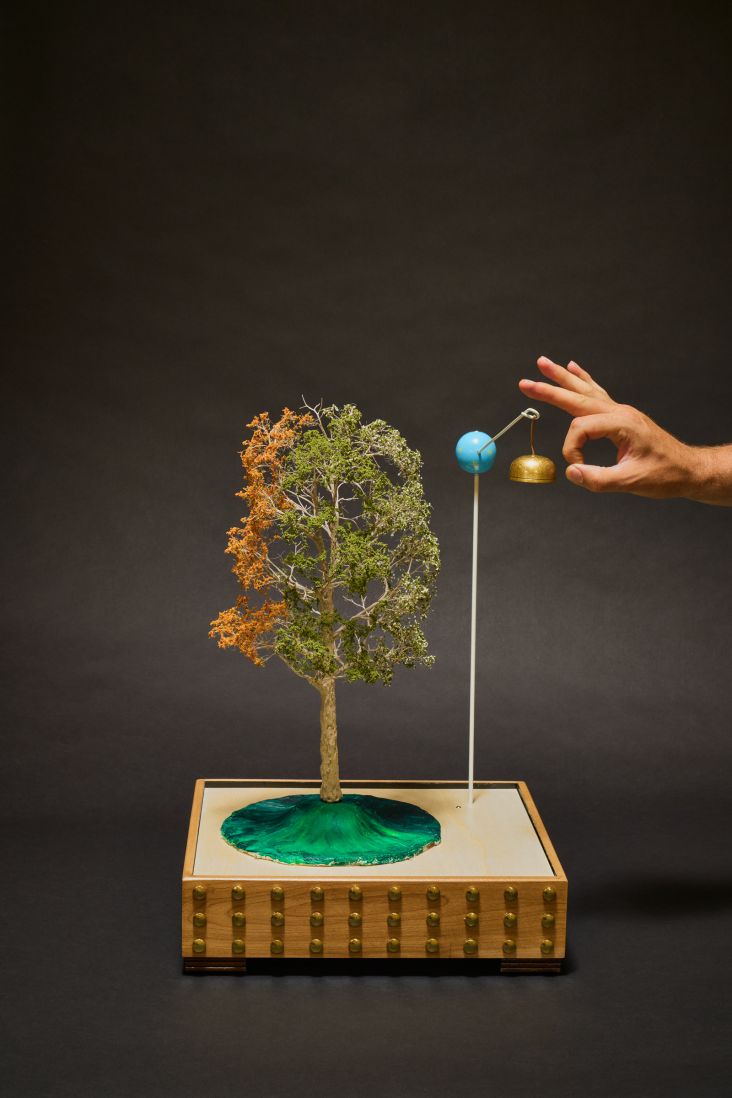Smart ideas for multiple income streams for graphic designers
It used to be the case that, once you had a few years of experience under your belt as a graphic designer, you wouldn't ever have to worry about money.

Image licensed via Adobe Stock
Not that you'd become rich or anything, but you could be confident that there'd always be money coming in. Even if you got suddenly made redundant, there'd always be a number of contacts you could rely on to bung you some freelance until you got yourself sorted again.
The start of the pandemic, though, followed a different script. Even many veterans found themselves suddenly out of work, despite their decades of experience and undeniable skills. And with everyone casting around for freelance at once – just as agencies were pulling in their belts tight – it was a harsh time for many.
Why you need extra income streams
There was one class of professionals, though, who escaped the fallout from the 2021 financial downturn. Indeed, some even prospered more than ever. We're talking about creatives who had multiple income streams that relied neither on employment or freelance clients.
The good people of Design Bundles know all about this kind of thinking. That's because their digital design marketplace allows creatives to sell their fonts and other designs directly to the public, generating a useful source of extra income.
In the following article, we've teamed up with Design Bundles to present a range of suggestions on how you can diversify your income streams as a graphic designer.
1. Run a workshop
More and more people are entering the design profession all the time, and competition for jobs has never been fiercer. But not everyone has the time or money to go to university. And even those that have are constantly looking to upskill: from 2D to 3D, print to digital, web to VR. So there's a huge demand for courses and workshops online, on platforms such as Skillshare.
You don't have to be a trained teacher or coach; it's more about passion and relating what you're teaching to the kind of creative work you do in the real world. Plus, if you can find a niche that others are not teaching, then you'll find it much easier to connect with a potential audience.
2. Start a newsletter
Email newsletters are big business right now. That's because many people don't have time to wade through the cesspit that is social media, and so are willing to pay to get a regular dose of the latest news in their sector, expertly curated and delivered straight to their inbox. Plus, if you're charging, you don't need a huge audience to make serious money.
As with courses and workshops, it's again best if you can find a niche that others aren't currently filling. And with platforms like Substack letting you get started for free, you have little to lose other than the time you invest.
3. Sell templates
The first two suggestions on our list have the potential to make you money, but be warned: you will need to do a LOT of promotional work to drum up business for your workshop or newsletter. If it's something you're passionate about, then this may work well. But if not, then a better way to earn passive income is via the very thing you're already passionate about: graphic design itself.
One of the most popular items that people buy on graphic design marketplace like Design Bundles is templates. These include social media templates, presentation templates, website templates, infographics templates, brochure templates, business card templates, and many more: just click the Templates tag at the top-right of the Design Bundles website to see the full range.
It's not surprising that templates are popular because they enable people to create precise, well-balanced designs quickly and easy, without having to invent the wheel for every new project. That keeps designers happy, and it keeps clients happy, particularly if they're on a limited budget. And as a designer yourself, you'll have an innate understanding of what kind of templates the market is lacking and where you can fill a gap.
Jennifer Peak, a designer based in Missouri, has found success by specialising in SVG files for vinyl cutting machines. "Since I had a T-shirt business, I know more about that type of design, what cuts well, and what it will feel like on a shirt if there are too many layers," she says.
Jennifer also does a lot of market research. "I want to know who I am making designs for and what they want," she reasons. "Facebook groups are a great way to find out what is trending and what your customers are interested in at the moment." Read Jennifer's full story here.
4. Sell backgrounds
Another design asset that's much in demand right now is backgrounds. Keeley Boguille, an English designer who's relocated to Texas, has taken advantage of this by focusing on sublimation backgrounds.
"Paint splashes are definitely my favourite kind of sublimation background to create," says Keeley. "Knowing whoever purchases the design will be able to create unique designs with the elements I provide makes me really happy, and I'm always excited to see the end results."
Her biggest tip to others is not to take offence to any feedback or criticism. "Starting out, I would often ask for help or feedback then be upset about the help and feedback I received," she says. "But the more you listen and take on board, the quicker you will excel." You can read the full interview with Keeley here.
Don't have time to create new design assets from scratch? Then why not just recycle old ones? Most designers have unused assets that were rejected by clients or from projects that never reached the light of day. Just make sure that you check the legalities of selling them online first, especially if they were created while you were under contract as an employee or freelancer.
5. Recommend affiliates to clients
It's happened to us all: a client has asked with help finding another creative service: website hosting, 3D printing or book printing, for example. And we've helpfully done some research and put them in touch with someone we're certain will do a good job.
It's nice to be nice, and doing your client a favour like this can give you a warm glow inside. But could you be getting some actual money for this, too? Not directly from your client, but as part of an affiliate scheme offered by the company you're recommending. If so, why not?
Don't get us wrong: we wouldn't advise recommending a dodgy company just to earn affiliate revenue. Apart from that being immoral and, well, just plain mean, that could end up souring your client relationship and costing you dear in the long term.
But if the service you were going to recommend anyway does have an affiliate scheme, it would be foolish not to take advantage. Particularly if you make that clear to the client you're advising, so everything's open and above board.
Make extra cash as a creative with Design Bundles
Want to sell your fonts and designs to an eager community of 1.7 million monthly visitors? Design Bundles has a quick and easy approval process, so you can start selling your products as fast as possible.
Design Bundles offers between 50 and 75 per cent commission on all sales, and there's no waiting around for the money you earn: request payment anytime, and you'll get paid out within seven days.
They also provide full in-house technical support, reducing your workload and giving you more time to focus on what you do best: creating great digital assets. For more details, visit the Design Bundles website today.


























